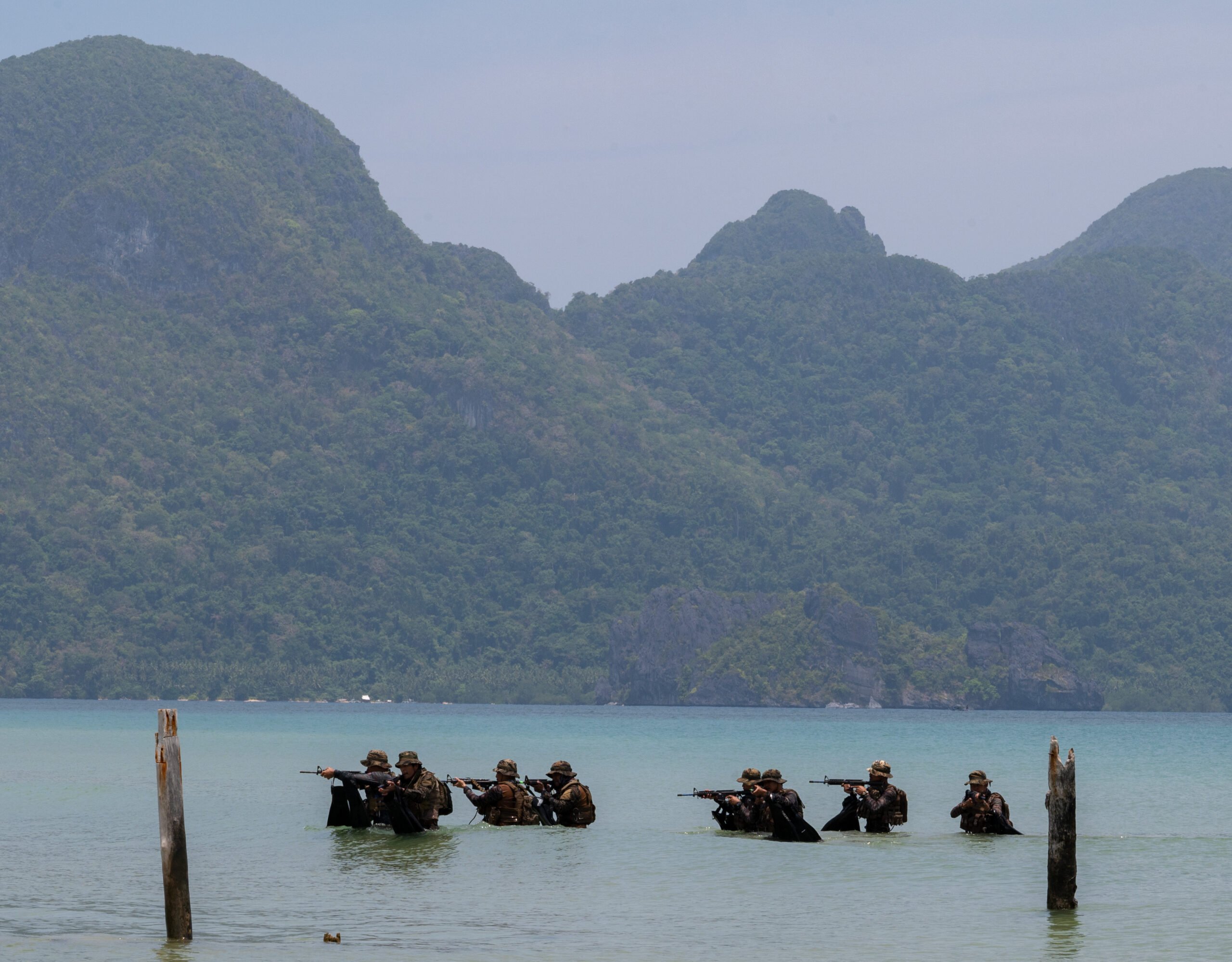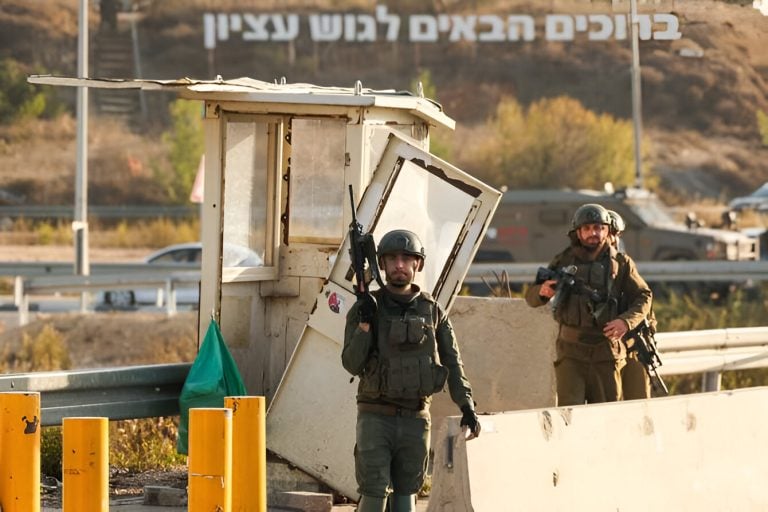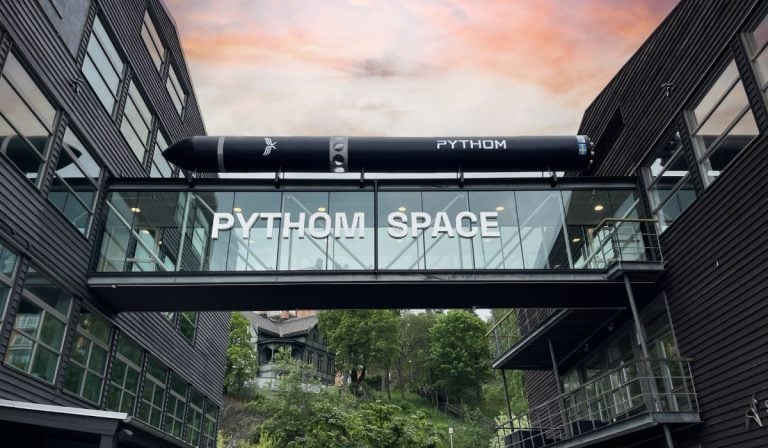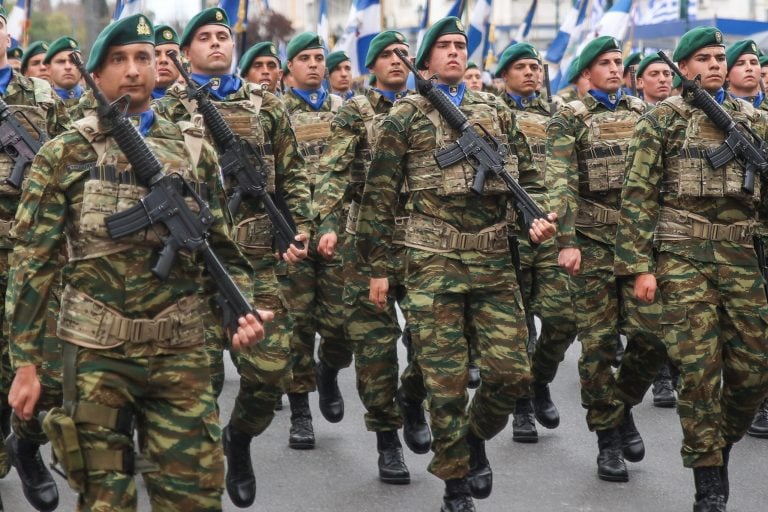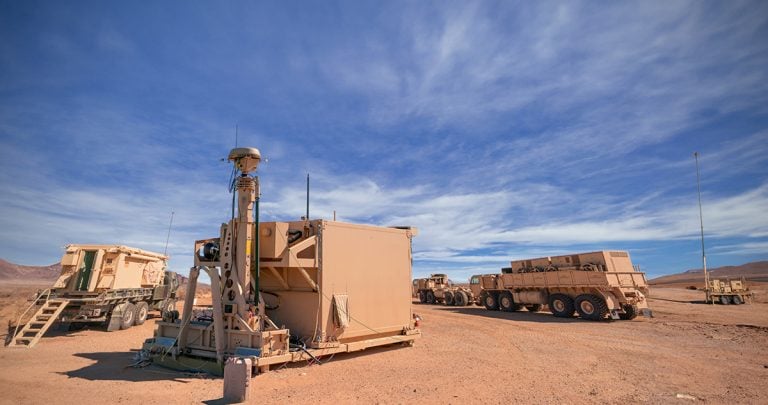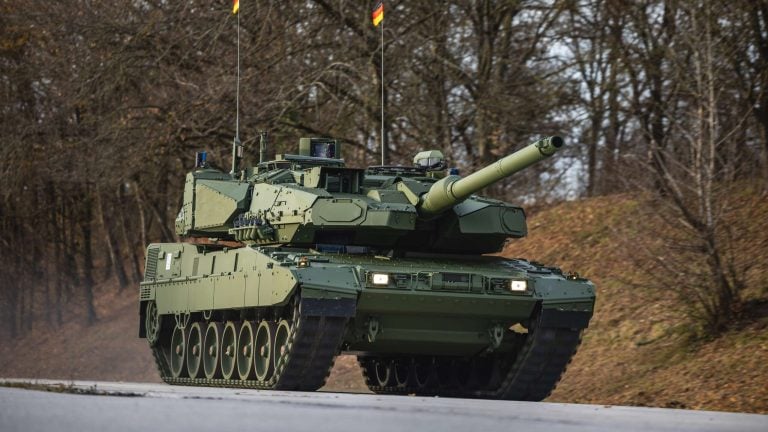The United States and the Philippines have taken a significant step in enhancing their military collaboration by approving over 500 joint military activities for the upcoming year of 2026. This landmark decision was reached during the annual Mutual Defense Board-Security Engagement Board meeting held at Camp Smith in Hawaii.
Co-chaired by Armed Forces of the Philippines Chief Gen. Romeo Brawner and U.S. Indo-Pacific Command (INDOPACOM) Commander Adm. Samuel Paparo, the discussions focused on reinforcing defense ties in the broader context of regional stability. A key outcome was the signing of the annual 8-Star memo, which lays out guidance and schedules for continued cooperative efforts, including the much-anticipated Balikatan 2026—a major bilateral exercise that stands as the longest-running military collaboration between the U.S. and Philippine forces.
The array of approved military engagements will feature large-scale drills as well as subject matter expert symposiums. These initiatives aim to foster sustained interaction between the two militaries, thereby enhancing their operational readiness in an increasingly complex security landscape.
Through its ongoing commitment, INDOPACOM affirmed its dedication to stability in the Indo-Pacific region, emphasizing collaboration with partner nations to strengthen security frameworks, support peaceful development, respond effectively to crises, deter threats, and act decisively in times of conflict.
The Mutual Defense Board, established in 1958, along with the Security Engagement Board, founded in 2006, will oversee the coordination of these activities under the auspices of the 1951 Mutual Defense Treaty. This treaty enshrines the commitment of both nations to defend one another in the event of an armed attack.
This strategic announcement comes amid rising tensions in the West Philippine Sea, where Chinese military activities have intensified, including incidents of vessel collisions and territorial incursions. To enhance its defense posture, the Philippines has engaged in multiple recent initiatives, which include joint military exercises, air defense system tests, and arms acquisitions such as fighter jets.
Support from regional allies has also been notable. In a recent development, Japan has pledged six decommissioned destroyers to bolster the capability of the Philippine Navy. Additionally, Australia plans to double the number of joint military training sessions with the Philippines to over 20 in 2025.
As these collaborations unfold, the United States and the Philippines are poised to significantly strengthen their defense capabilities and response mechanisms in the face of evolving regional challenges.
